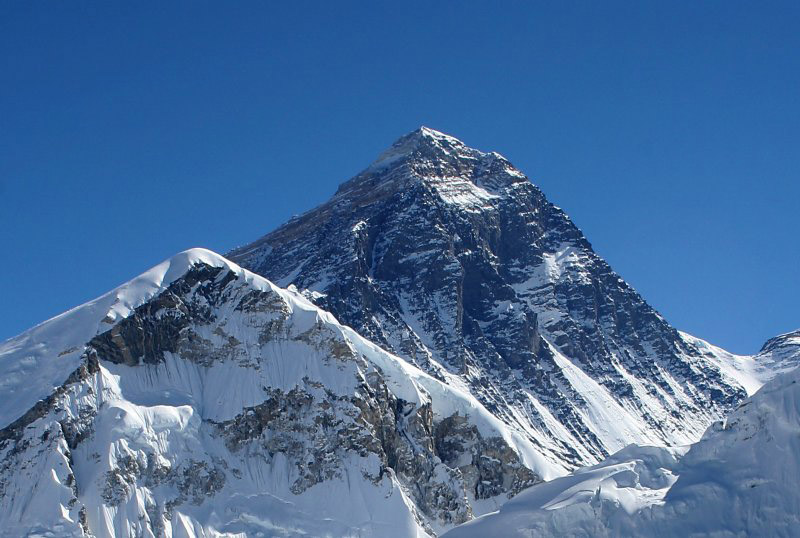How to Climb Mount Everest

Mount Everest, or Chomolungma, as it is called in Tibet, is the highest peak of our planet. Its height is 8.85 km. For a long time and almost until middle of the last century, it has been unclimbed peak.
It is substantially complicated to climb Everest in severe weather conditions. There may be wind speed up to 200 km per hour and night temperatures drop below -60 °C. In addition, after climbing to an altitude of 5000 meters, even the trained climbers are beginning to feel the lack of oxygen. All this made the Everest impregnable, and in the first few decades of those who have been on top of it, can literally be counted on one hand.
Not long ago, climbing to the top of the mountain was only sport climbing professionals. But today everything has changed and the culture of leisure and extreme mountaineering passion has made it available to all.
Climbing is not just a sport, it has now become significant support for research and science. To conquer the summit you need accurate calculations, the magnitude of the soul and thoroughness, excellence and strength of spirit. That’s why, despite the difficulties, the sport is attracting more and more attention.
Mountain climbing seems difficult, but in reality any healthy person can attempt it. All you need is some physical training, equipment, and supply of food as well as a guide or instructor.
Things Required:
– Helmet
– Climbing equipment
– Sunglasses
– Trekking shoes and sticks
– Alpenstock
Instructions
-
1
To move up to a high mountain, you first have to pass basic training course with deep knowledge of safety.
-
2
Pay special attention to equipment, which affects the health. The equipment should be durable and should be little-weighted, need to be water-resistant, allowing easy replacement in the event of malfunction.
-
3
Adaptation to altitude is another important point to notice if you are to conquer the summit. Train your body to function in the areas of low pressure and less oxygen. Also, it is useful to start with small ascents, height does not prove a shock to the body, gradually increasing the complexity of the vertices.







